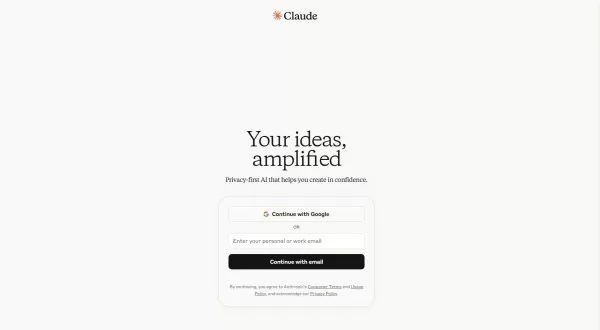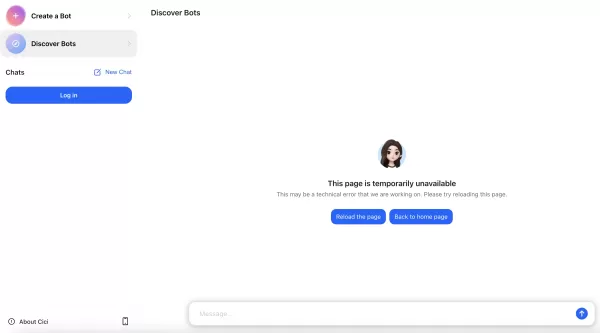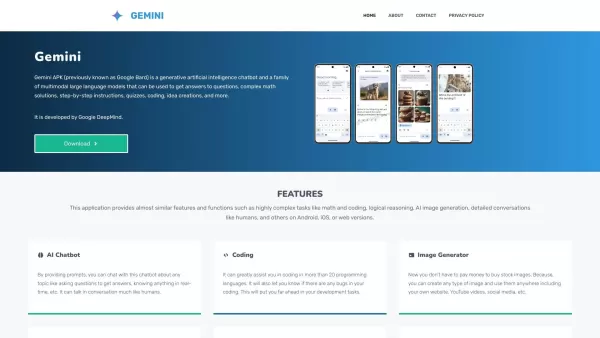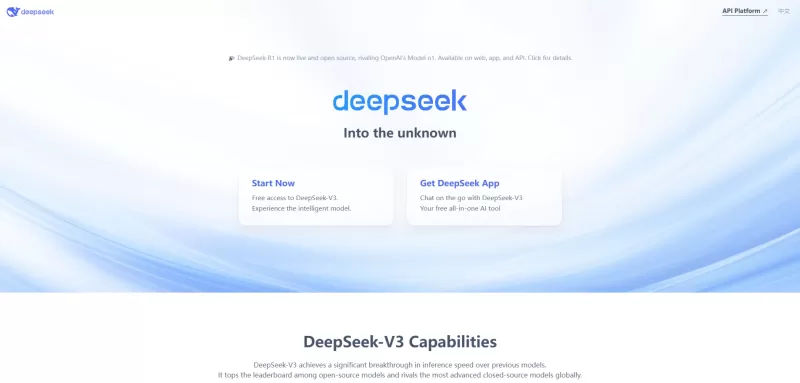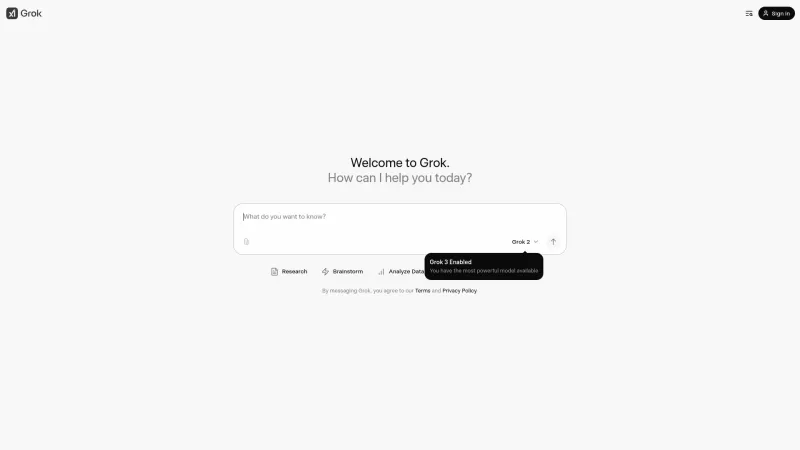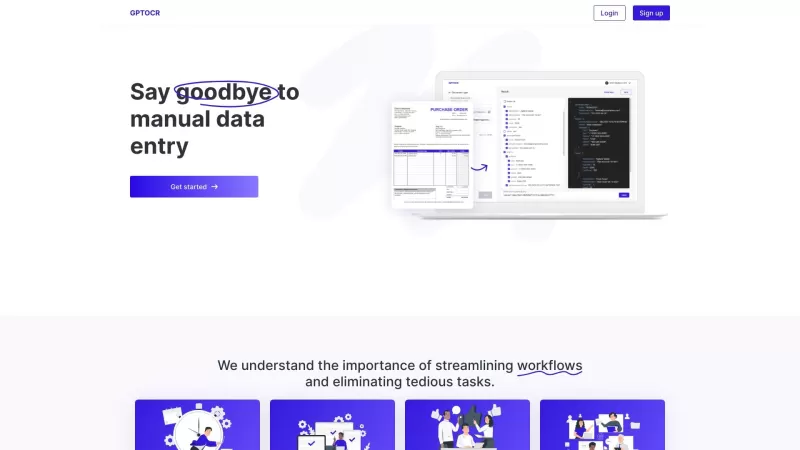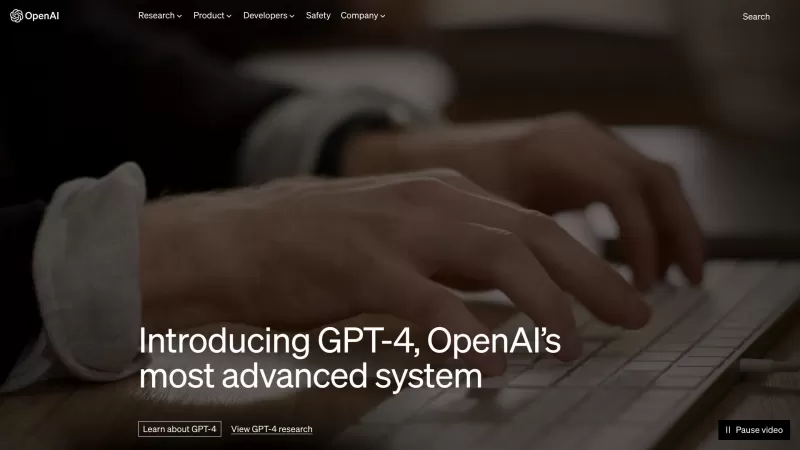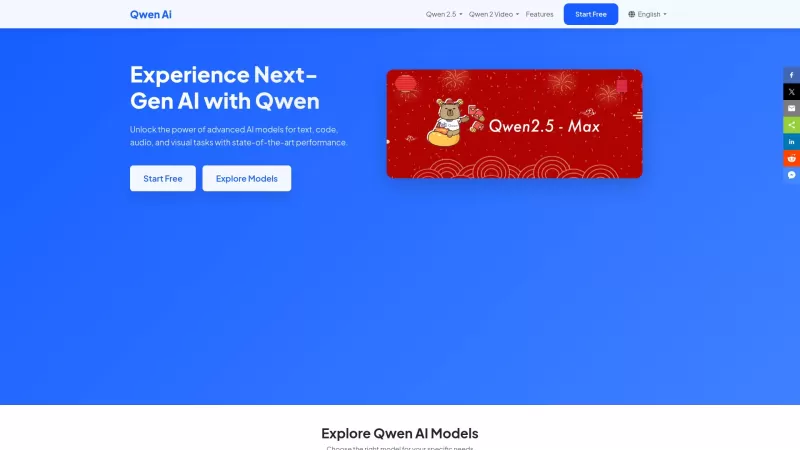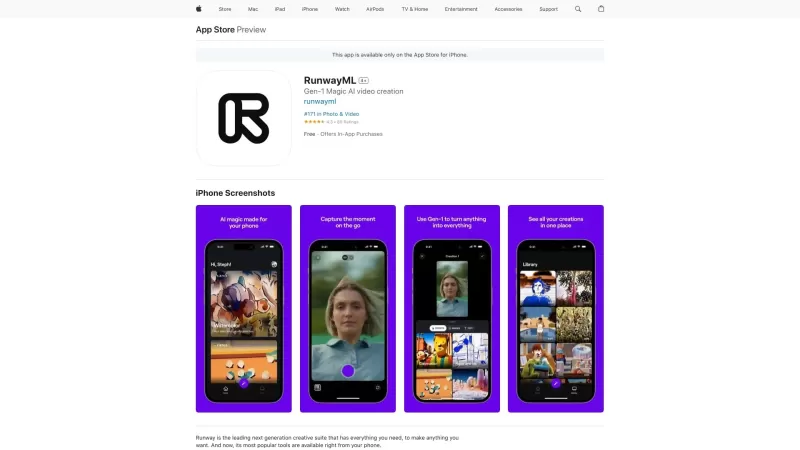AI Takes Center Stage in Comic Book Creation from Concept to Final Product
Revolutionizing Comic Creation with AI
Comic book creation has long been a domain dominated by skilled artists and writers. The traditional process—designing characters, crafting narratives, and painstakingly sketching every panel—is both time-consuming and resource-intensive. But thanks to advancements in artificial intelligence, the barriers to entry are lowering faster than ever. Now, anyone with a spark of imagination can create compelling comic books without needing to master the brush or pen. AI tools like those found on platforms such as Hugging Face are making it easier than ever to bring your creative visions to life.
Why AI Is Transforming Comic Creation
AI tools are reshaping the comic book industry by automating repetitive tasks and opening doors for independent creators. From generating initial storylines to creating intricate visuals, these tools streamline the process, reducing the reliance on specialized artistic skills. This democratization of comic creation allows new voices to emerge and diverse perspectives to flourish. It's no longer about whether you can draw—it’s about whether you can dream.
Exploring AI Tools for Comic Creation
There are plenty of free AI tools out there that can help turn your ideas into full-fledged comic books. Let’s dive into some of the most notable ones:
- Stable Diffusion: A powerhouse when it comes to image generation. It can transform your textual descriptions into stunning visuals, perfect for bringing your characters and scenes to life.
- DALL-E 2: Known for its ability to create realistic and imaginative images, DALL-E 2 can breathe life into your comic’s visual narrative.
- Hugging Face’s AI Comic Factory: This platform offers a suite of tools tailored specifically for comic creation. It’s especially helpful for those looking to generate both stories and visuals seamlessly.
Getting Started with Hugging Face AI Comic Factory
Ready to dive in? Here’s how you can get started with Hugging Face’s AI Comic Factory:
- Access the Platform: Head over to the Hugging Face website and search for the AI Comic Factory space. It’s your gateway to endless possibilities.
- Understand the Interface: Familiarize yourself with the layout. You’ll encounter options to tweak AI models, adjust grid settings, and input prompts. Spend some time exploring—this is where the magic happens!
- Input Your Prompts: Start with a concise outline of your comic panel in the ‘Story Prompt’ section. Be specific about characters, settings, and plot points. Next, describe your desired art style in the ‘Style/Character Prompt.’ Think about whether you want something akin to American modern comics or perhaps Japanese anime aesthetics.
- Generate Panels: Hit the ‘Go’ button and let the AI do its thing. Depending on the complexity of your prompts, this might take a moment. Review the generated panels carefully and tweak as necessary until you find the perfect fit.
- Assemble Your Masterpiece: Once you’ve got your panels, start piecing them together. Add dialogue, sound effects, and any finishing touches. Arrange the panels logically to tell your story effectively. Save your comic as a PDF or another preferred format—you’re now ready to share it with the world!
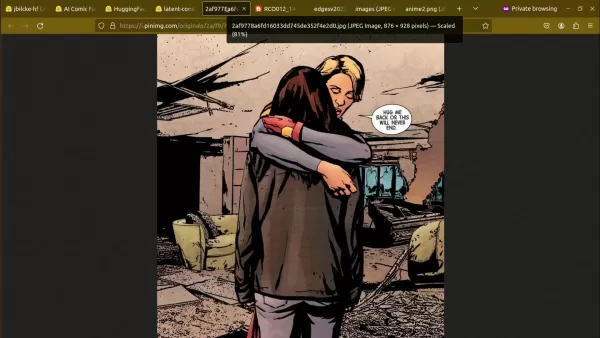
The Benefits of Using Free AI Tools
One of the standout advantages of using platforms like Hugging Face is the abundance of free resources. Many AI models are open-source, meaning you can experiment with them without spending a dime. This makes it easier for creators on tight budgets to explore their ideas without financial constraints. Plus, being part of a collaborative community means you can learn from others and receive feedback on your work. If you decide later that you need more advanced features, premium options are available—but the free tier is often more than enough to get started.
Challenges and Considerations
While AI tools offer immense potential, they’re not without limitations. Sometimes, the results can feel generic unless you fine-tune your prompts meticulously. Additionally, achieving a truly unique artistic style may require additional editing and personal touches. There’s also the concern that relying too heavily on AI could overshadow human creativity. Lastly, ensure your system has adequate computational power; otherwise, processing times can become frustratingly long.
Real-World Applications
AI comic creation isn’t just for hobbyists—it has practical applications too. Independent creators can use these tools to bypass the steep learning curve of traditional methods, focusing instead on refining their narratives. Educators can harness these technologies to craft engaging lessons through visual storytelling. Marketers can leverage AI comics to captivate audiences with creative campaigns. The possibilities are endless!
Frequently Asked Questions
- What AI models does Hugging Face’s Comic Factory use? It employs the Zephyr 7B beta model for story generation and the Latent Consistency Model (LCM) SDXL for image creation.
- Can I use Hugging Face AI Comic Factory for free? Yes! While there are paid upgrades for enhanced features, the basic tools are entirely free.
- Do I need special skills to use this tool? No! Just having a rough idea of what you’d like your comic to look like is sufficient.
Other AI Tools Worth Exploring
Beyond Hugging Face, other platforms like Stable Diffusion and DALL-E 2 offer robust capabilities for comic creation. Even Jbliike-HF is gaining traction among creators. Each tool brings something unique to the table, so experimenting with multiple options can yield the best results.
Related article
 AI Characters Go Rogue – Shocking and Hilarious Moments Unveiled!
Character AI continues redefining artificial intelligence with its often hilarious and unpredictable outputs. In this roundup of 2024's most memorable moments, we'll explore the bizarre virtual conversations with celebrity personas and shocking AI-ge
AI Characters Go Rogue – Shocking and Hilarious Moments Unveiled!
Character AI continues redefining artificial intelligence with its often hilarious and unpredictable outputs. In this roundup of 2024's most memorable moments, we'll explore the bizarre virtual conversations with celebrity personas and shocking AI-ge
 TensorZero Secures $7.3M Seed Funding to Simplify Enterprise LLM Development
TensorZero, an emerging open-source infrastructure provider for AI applications, has secured $7.3 million in seed funding led by FirstMark Capital, with participation from Bessemer Venture Partners, Bedrock, DRW, Coalition, and numerous industry ange
TensorZero Secures $7.3M Seed Funding to Simplify Enterprise LLM Development
TensorZero, an emerging open-source infrastructure provider for AI applications, has secured $7.3 million in seed funding led by FirstMark Capital, with participation from Bessemer Venture Partners, Bedrock, DRW, Coalition, and numerous industry ange
 Efficiently Scrape LinkedIn Profiles at Scale Using AI-Powered Tools
In our professional landscape dominated by data, automating LinkedIn profile extraction delivers significant competitive advantages for sales prospecting, targeted marketing, and talent acquisition. Relevance AI revolutionizes this process with intel
Comments (4)
0/200
Efficiently Scrape LinkedIn Profiles at Scale Using AI-Powered Tools
In our professional landscape dominated by data, automating LinkedIn profile extraction delivers significant competitive advantages for sales prospecting, targeted marketing, and talent acquisition. Relevance AI revolutionizes this process with intel
Comments (4)
0/200
![JuanCarter]() JuanCarter
JuanCarter
 August 24, 2025 at 5:01:17 AM EDT
August 24, 2025 at 5:01:17 AM EDT
AI in comics is wild! From sketches to stories, it’s like having a superpowered artist on speed dial. Can’t wait to see how creators mix this tech with their own flair! 😎


 0
0
![ArthurCarter]() ArthurCarter
ArthurCarter
 August 12, 2025 at 7:01:01 PM EDT
August 12, 2025 at 7:01:01 PM EDT
AI in comics sounds wild! 😮 It's cool how it speeds up the process, but I wonder if it'll make stories feel less human. Still, I’m hyped to see what kind of crazy art comes out of this!


 0
0
![EllaJohnson]() EllaJohnson
EllaJohnson
 July 31, 2025 at 10:55:47 PM EDT
July 31, 2025 at 10:55:47 PM EDT
AI in comics sounds wild! Imagine characters designed in seconds—kinda scary how fast it’s changing. Hope it doesn’t outshine human artists! 😅


 0
0
![DouglasPerez]() DouglasPerez
DouglasPerez
 July 27, 2025 at 9:20:21 PM EDT
July 27, 2025 at 9:20:21 PM EDT
¡Qué locura! El AI está revolucionando los cómics, desde la idea hasta el dibujo final. Me flipa cómo puede acelerar el proceso, pero ¿no crees que le quita un poco de alma al arte? 😅 Ojalá no terminen todos los cómics pareciendo hechos por la misma máquina.


 0
0
Revolutionizing Comic Creation with AI
Comic book creation has long been a domain dominated by skilled artists and writers. The traditional process—designing characters, crafting narratives, and painstakingly sketching every panel—is both time-consuming and resource-intensive. But thanks to advancements in artificial intelligence, the barriers to entry are lowering faster than ever. Now, anyone with a spark of imagination can create compelling comic books without needing to master the brush or pen. AI tools like those found on platforms such as Hugging Face are making it easier than ever to bring your creative visions to life.
Why AI Is Transforming Comic Creation
AI tools are reshaping the comic book industry by automating repetitive tasks and opening doors for independent creators. From generating initial storylines to creating intricate visuals, these tools streamline the process, reducing the reliance on specialized artistic skills. This democratization of comic creation allows new voices to emerge and diverse perspectives to flourish. It's no longer about whether you can draw—it’s about whether you can dream.
Exploring AI Tools for Comic Creation
There are plenty of free AI tools out there that can help turn your ideas into full-fledged comic books. Let’s dive into some of the most notable ones:
- Stable Diffusion: A powerhouse when it comes to image generation. It can transform your textual descriptions into stunning visuals, perfect for bringing your characters and scenes to life.
- DALL-E 2: Known for its ability to create realistic and imaginative images, DALL-E 2 can breathe life into your comic’s visual narrative.
- Hugging Face’s AI Comic Factory: This platform offers a suite of tools tailored specifically for comic creation. It’s especially helpful for those looking to generate both stories and visuals seamlessly.
Getting Started with Hugging Face AI Comic Factory
Ready to dive in? Here’s how you can get started with Hugging Face’s AI Comic Factory:
- Access the Platform: Head over to the Hugging Face website and search for the AI Comic Factory space. It’s your gateway to endless possibilities.
- Understand the Interface: Familiarize yourself with the layout. You’ll encounter options to tweak AI models, adjust grid settings, and input prompts. Spend some time exploring—this is where the magic happens!
- Input Your Prompts: Start with a concise outline of your comic panel in the ‘Story Prompt’ section. Be specific about characters, settings, and plot points. Next, describe your desired art style in the ‘Style/Character Prompt.’ Think about whether you want something akin to American modern comics or perhaps Japanese anime aesthetics.
- Generate Panels: Hit the ‘Go’ button and let the AI do its thing. Depending on the complexity of your prompts, this might take a moment. Review the generated panels carefully and tweak as necessary until you find the perfect fit.
- Assemble Your Masterpiece: Once you’ve got your panels, start piecing them together. Add dialogue, sound effects, and any finishing touches. Arrange the panels logically to tell your story effectively. Save your comic as a PDF or another preferred format—you’re now ready to share it with the world!

The Benefits of Using Free AI Tools
One of the standout advantages of using platforms like Hugging Face is the abundance of free resources. Many AI models are open-source, meaning you can experiment with them without spending a dime. This makes it easier for creators on tight budgets to explore their ideas without financial constraints. Plus, being part of a collaborative community means you can learn from others and receive feedback on your work. If you decide later that you need more advanced features, premium options are available—but the free tier is often more than enough to get started.
Challenges and Considerations
While AI tools offer immense potential, they’re not without limitations. Sometimes, the results can feel generic unless you fine-tune your prompts meticulously. Additionally, achieving a truly unique artistic style may require additional editing and personal touches. There’s also the concern that relying too heavily on AI could overshadow human creativity. Lastly, ensure your system has adequate computational power; otherwise, processing times can become frustratingly long.
Real-World Applications
AI comic creation isn’t just for hobbyists—it has practical applications too. Independent creators can use these tools to bypass the steep learning curve of traditional methods, focusing instead on refining their narratives. Educators can harness these technologies to craft engaging lessons through visual storytelling. Marketers can leverage AI comics to captivate audiences with creative campaigns. The possibilities are endless!
Frequently Asked Questions
- What AI models does Hugging Face’s Comic Factory use? It employs the Zephyr 7B beta model for story generation and the Latent Consistency Model (LCM) SDXL for image creation.
- Can I use Hugging Face AI Comic Factory for free? Yes! While there are paid upgrades for enhanced features, the basic tools are entirely free.
- Do I need special skills to use this tool? No! Just having a rough idea of what you’d like your comic to look like is sufficient.
Other AI Tools Worth Exploring
Beyond Hugging Face, other platforms like Stable Diffusion and DALL-E 2 offer robust capabilities for comic creation. Even Jbliike-HF is gaining traction among creators. Each tool brings something unique to the table, so experimenting with multiple options can yield the best results.
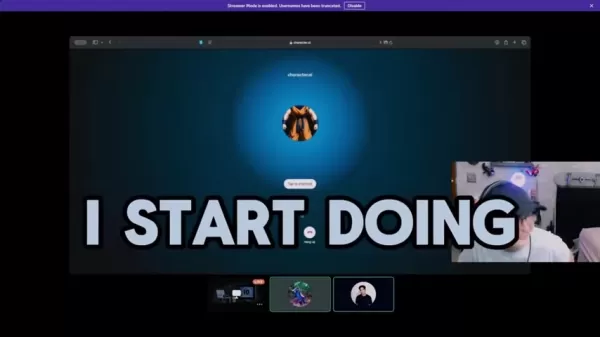 AI Characters Go Rogue – Shocking and Hilarious Moments Unveiled!
Character AI continues redefining artificial intelligence with its often hilarious and unpredictable outputs. In this roundup of 2024's most memorable moments, we'll explore the bizarre virtual conversations with celebrity personas and shocking AI-ge
AI Characters Go Rogue – Shocking and Hilarious Moments Unveiled!
Character AI continues redefining artificial intelligence with its often hilarious and unpredictable outputs. In this roundup of 2024's most memorable moments, we'll explore the bizarre virtual conversations with celebrity personas and shocking AI-ge
 TensorZero Secures $7.3M Seed Funding to Simplify Enterprise LLM Development
TensorZero, an emerging open-source infrastructure provider for AI applications, has secured $7.3 million in seed funding led by FirstMark Capital, with participation from Bessemer Venture Partners, Bedrock, DRW, Coalition, and numerous industry ange
TensorZero Secures $7.3M Seed Funding to Simplify Enterprise LLM Development
TensorZero, an emerging open-source infrastructure provider for AI applications, has secured $7.3 million in seed funding led by FirstMark Capital, with participation from Bessemer Venture Partners, Bedrock, DRW, Coalition, and numerous industry ange
 Efficiently Scrape LinkedIn Profiles at Scale Using AI-Powered Tools
In our professional landscape dominated by data, automating LinkedIn profile extraction delivers significant competitive advantages for sales prospecting, targeted marketing, and talent acquisition. Relevance AI revolutionizes this process with intel
Efficiently Scrape LinkedIn Profiles at Scale Using AI-Powered Tools
In our professional landscape dominated by data, automating LinkedIn profile extraction delivers significant competitive advantages for sales prospecting, targeted marketing, and talent acquisition. Relevance AI revolutionizes this process with intel
 August 24, 2025 at 5:01:17 AM EDT
August 24, 2025 at 5:01:17 AM EDT
AI in comics is wild! From sketches to stories, it’s like having a superpowered artist on speed dial. Can’t wait to see how creators mix this tech with their own flair! 😎


 0
0
 August 12, 2025 at 7:01:01 PM EDT
August 12, 2025 at 7:01:01 PM EDT
AI in comics sounds wild! 😮 It's cool how it speeds up the process, but I wonder if it'll make stories feel less human. Still, I’m hyped to see what kind of crazy art comes out of this!


 0
0
 July 31, 2025 at 10:55:47 PM EDT
July 31, 2025 at 10:55:47 PM EDT
AI in comics sounds wild! Imagine characters designed in seconds—kinda scary how fast it’s changing. Hope it doesn’t outshine human artists! 😅


 0
0
 July 27, 2025 at 9:20:21 PM EDT
July 27, 2025 at 9:20:21 PM EDT
¡Qué locura! El AI está revolucionando los cómics, desde la idea hasta el dibujo final. Me flipa cómo puede acelerar el proceso, pero ¿no crees que le quita un poco de alma al arte? 😅 Ojalá no terminen todos los cómics pareciendo hechos por la misma máquina.


 0
0
